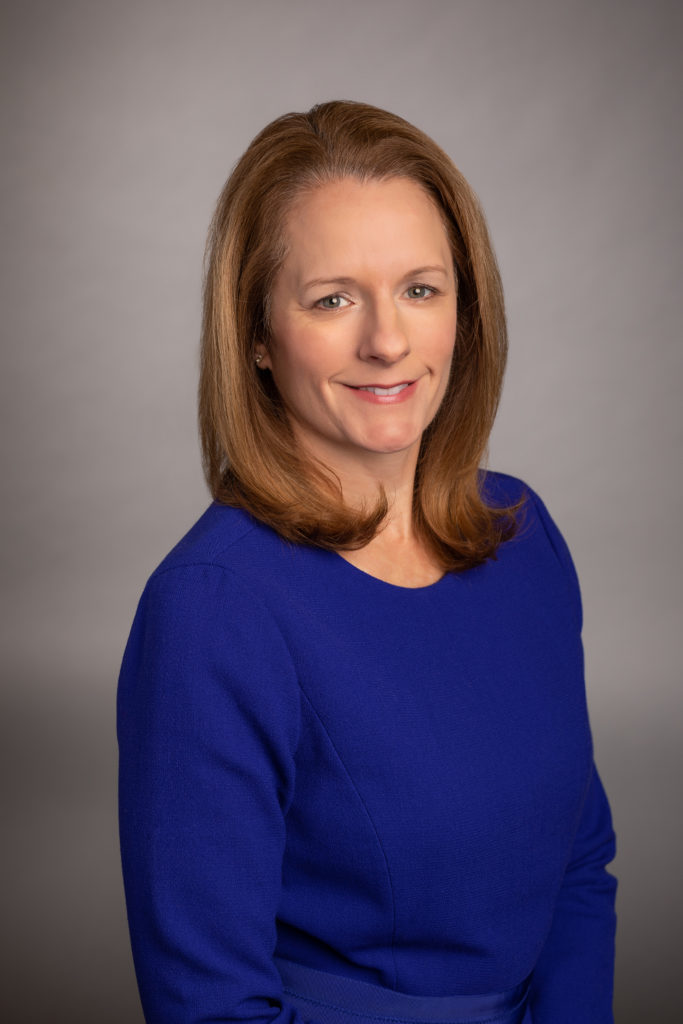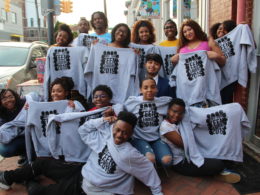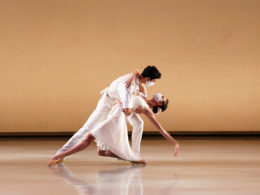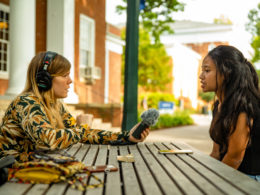Our conversation with VPM CEO Jayme Swain was so good, we thought we would turn it into two parts. If you didn’t get a chance to read about Swain’s journey to VPM, be sure to read Part 1 of our interview with her.
The second half of our conversation focused on VPM in 2020, how she and her team have adapted to the COVID-19 pandemic and what’s on the horizon for the media group.
You have not been immune to the impact of the pandemic. Just what has that impact been?

We, like many organizations, closed in mid-March in order to keep our staff safe, but we have a tricky organization; we have essential staff that have to be here to keep our services on the air – our engineers, our reporters, our on-air hosts. But the majority of our people are working remotely, and I think we’ve pivoted pretty well. I’ve been incredibly proud at how creative they’ve been in finding new ways to do their jobs.
As public media, we’ve been lucky to be able to continue to do our work, but in many ways, we’ve been called on to do even more. We were called on, for example, to be the sole pool feed for the Governor’s COVID press conferences, to make sure that that information was getting out there. We were called on by the [Virginia] Department of Education to figure out how we could use our air, and how we could create programming for all of these children and students who are managing at-home learning. So, we turned our secondary channel, VPM Plus, into curriculum-based programming. And we started to create some of our own shows, educational programming that was also fun. This was a valuable service for so many families that don’t have access to broadband, so our education team pivoted 100% to be able to offer these services.
The news team, I give them a lot of credit for everything that they’ve navigated through the year. They started with the General Assembly that was probably one of the busiest in memory, then to a pandemic, and figuring out to cover a pandemic while keeping themselves safe, and then George Floyd and the racial reckoning on social justice here in Richmond. Then into an election that has been divisive and difficult to cover, and we’re doing all this while trying to manage their safety and security. So, it’s been a challenging year, and like many people, we rely on community support.
We’re very grateful to the community for continuing to offer support but we know it’s tough for people, who may not be able to support us as they have in the past. So we’re facing challenges, but it’s an interesting time to be innovative and push ourselves to be different. It’s almost like the pandemic accelerated time. We talked about how we needed to be more digital, and we knew that that was coming, but we had to figure it out in a very short time span, and I give the team a lot of praise just for being creative, and for trying – some things that have worked, and some things haven’t worked, but that’s OK.
You’ve been busy, and you’ll no doubt stay busy. What can viewers, listeners and the community expect from VPM in the months and years ahead?
More local. We are really investing more into local content and programming. So, to break that down, I talked about news – we believe that, as public media, news is very important – fact-based, trusted news. We saw it during the election season: More people were coming to us. We will continue to expand our journalism on the radio, on television, including on a new TV news magazine show hopefully debuting in the fall of 2021 and online.
We’re also going to dip our toe into podcasting. Many listeners don’t just listen to audio live anymore, it’s on-demand audio, so podcasting is important. We have a relationship with VCU where we’ve created a community media center where we hope to be able to train young folks and people in the community on how to tell their stories through podcasting and other platforms.
And we’re really focused on multiplatform, not just TV and radio anymore, which is exciting, and we’re already starting to see our audiences starting to change, getting younger and getting more diverse. To truly be public media here, that’s where we need to be and that’s what’s so exciting for us.
The station has always had a special place in the community. How do you see the station’s relationship with the community moving forward?
For us to serve our mission, we really need to be part of the community, and we need to hear the community. Ultimately, we need to tell stories where everyone in our community can see themselves in them. And in order to do that, in order to be relevant, we need to be partners. So, we are involved in schools, particularly in the East End. And it’s really a matter of having our ear to the ground, so that we can make sure that the stories that we tell are reflective of the issues and the things that matter most to people in the community.
We also are very grateful to our volunteers, our board members and our community advisory boards. We pull different groups together so that we can make sure that we’re getting feedback and input into the content that we’re creating. We came up with a vision statement last year, in addition to our mission statement, and that’s to be a more connected, empathetic and informed Virginia, and we’re really living by that. And that vision has been even more important over the past year: How do we keep people connected, to see the humanity and to really bring people together rather than being divisive?
To do that, we need to be part of the community. That’s the essential role of public media.
If you’ve enjoyed public broadcast programming, considering supporting VPM. Check out all the ways you can get involved, or donate directly here. You also can follow VPM on its website, Facebook, Twitter and Instagram pages.
Featured image: Crixell Matthews/VPM










